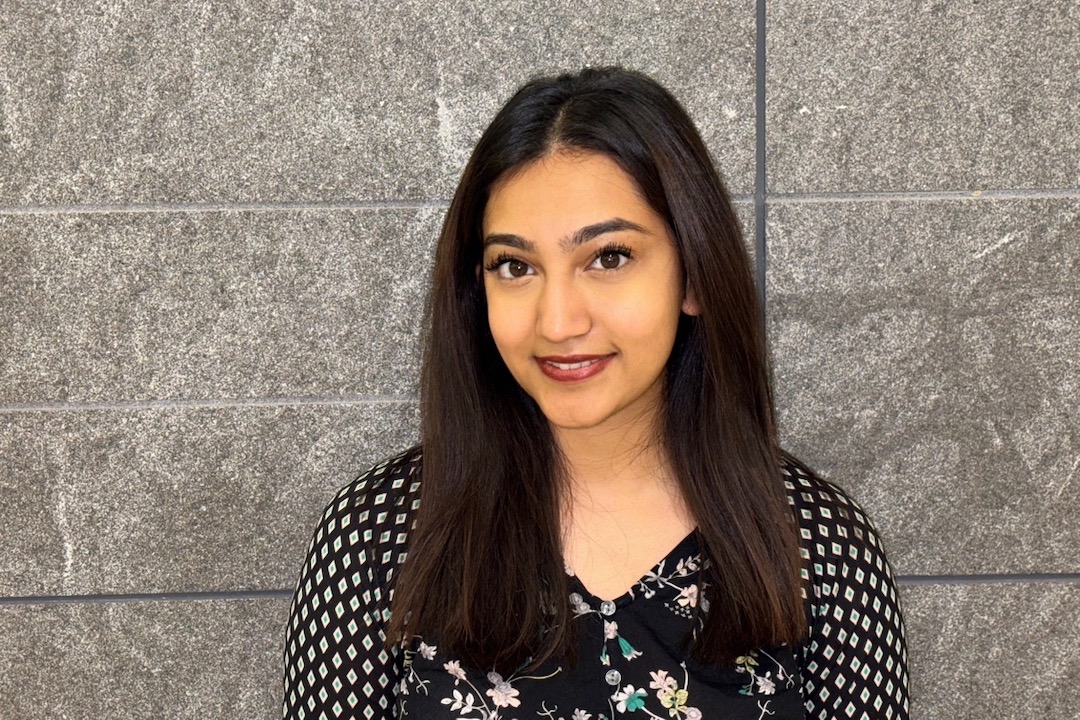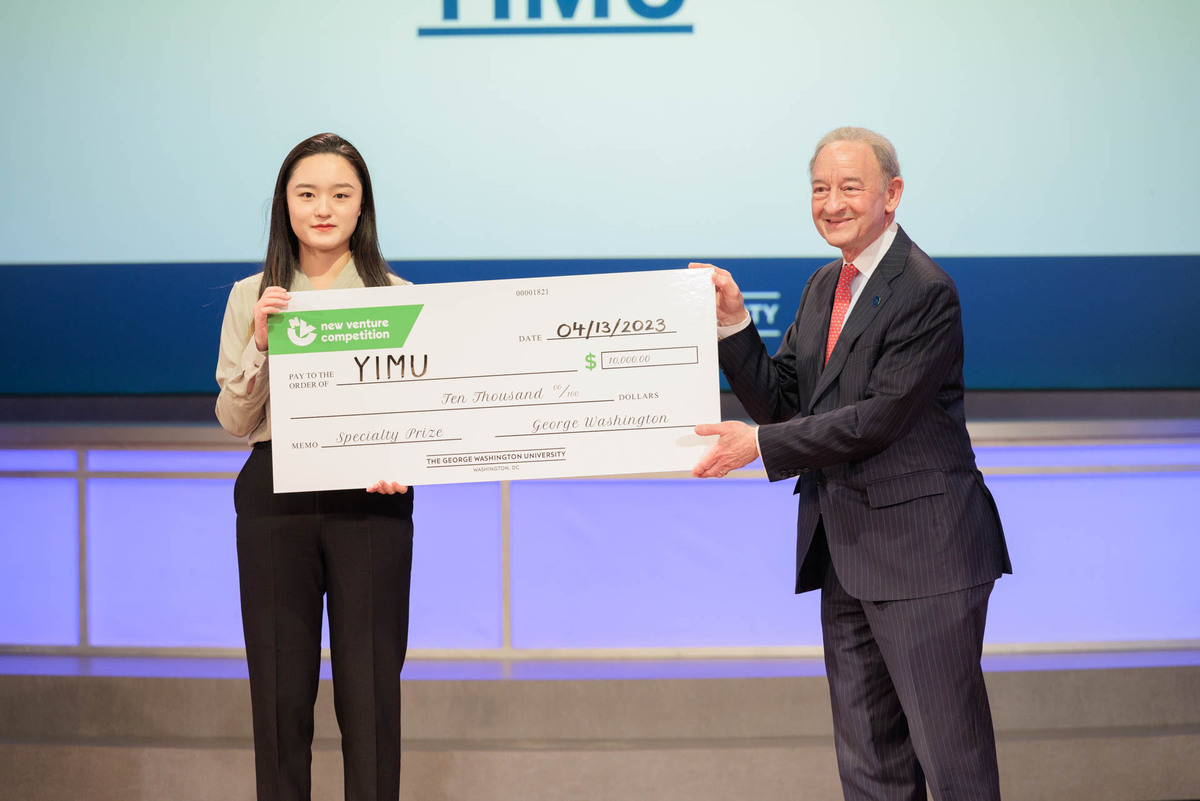Before she was a medical student at the George Washington University’s School of Medicine and Health Sciences, Abhisri Ramesh worked as a researcher at a radiology clinic and couldn’t help but notice what she thought was an outdated and inefficient practice.
The clinic used CDs for transferring patient medical images, whether between providers or directly handed to patients for their specialist appointments. Surprisingly, this practice is quite widespread, as providers burn more than 150 million CDs annually to share images. This process, however, proves to not only be costly, but also lacks the adequate protection and compatibility necessitated by the large volume of medical imaging taking place in the modern health care environment.
Struck by this shortcoming, Ramesh connected with one of the clinic patients who vividly recollected her own experience with the massive inefficiency. The patient, seeking a mammogram, had experienced a frustrating delay of over a month for a simple CD to be transferred to her specialist. When the patient arrived on site, the doctor could not provide an accurate diagnosis due to the absence of all her prior medical imaging.
Five years later, this patient learned she did indeed have breast cancer, which could have been found and less-invasively treated much earlier had all her prior medical images been able to be readily transferred.
That story forever stuck with Ramesh, who wondered how she could be a part of the problem’s solution.
“At first, I thought this was just a patient-specific issue,” said Ramesh, a second-year medical student at SMHS. “But as I got more involved with health care, I realized that it’s also a provider issue. It’s a huge burden on both the provider and patient.”
Her big idea? To make it easier for providers to share medical images with both patients and other institutions.
Fueled by the entrepreneurial spirit instilled by her parents, both IT leaders in the Atlanta area, Ramesh put in the work to make that idea a reality, even amidst the rigors of medical school.
Inspired by Director of Student Entrepreneurship Kate Heath’s pitch of GW’s nationally recognized New Venture Competition, Ramesh gathered a group of medical students to create a prototype that would address the medical image sharing process.
Their prototype utilized blockchain to streamline the sharing of medical images in a way that was decentralized, interoperable, secure and HIPAA-compliant for both imaging centers and patients in need of frequent imaging. They would go on to win second place in the Health Care and Life Sciences Track at NVC, in addition to winning the Best Customer Discovery award. In addition to the $15,000 prize from NVC, the prototype earned in-kind prize money to patent the innovation.
The venture has continued with different members—Ramesh is still in a leadership role—and has rebranded to MediMint, an officially recognized L.L.C.
“We have a leadership team of six health care and blockchain experts now,” Ramesh said. “We’ve flushed out exactly what functionality we want providers and patients to have and hope to conduct pilot studies of these functionalities to ensure that they fit into the workflow of an imaging center or a hospital system.”
Next year, Ramesh is hoping to do a pilot study at GW. She said around a dozen providers from other health care institutions have also indicated interest in product testing.
Ramesh, who a holds bachelor’s degree in bioinformatics in addition to an M.B.A. from St. Bonaventure University, has been grateful for all the resources GW’s Office of Innovation and Entrepreneurship and SMHS’s Clinical Practice Innovation and Entrepreneurship have provided. In particular, she noted the mentors-in-residence program that linked her up with GW mentors such as Bob Smith, Gary Grenter and Jim Chung.
“It’s hard not to get involved and introduced to the innovative ecosystem at GW when you realize all of the support that you’re getting,” Ramesh said. “If I were to have started this venture a decade down the line, I wouldn’t have had the support of all these people who have been instrumental in making this vision a reality. I definitely feel this venture came about at just the right time, with just the right kind of people to support me in turning our vision into a reality.”
Those in the health care and medical industry tend to take an unofficial oath to find their own ways to move the field forward, whether that’s through research, discovery, patient care and/or innovation. Ramesh has taken that to heart and is already doing just that early on in her own medical career, where she is still two years away from Match Day, when she hopes to secure a surgical residency.
“There’s this shared sense of responsibility to push the medical field forward, because I think every doctor is looking to how we can better serve our patients so they have better outcomes and can get the care they need,” Ramesh said. “That’s definitely a mentality that I see inculcated, especially in our generation, and that mentality really means a lot to me, as well.”





